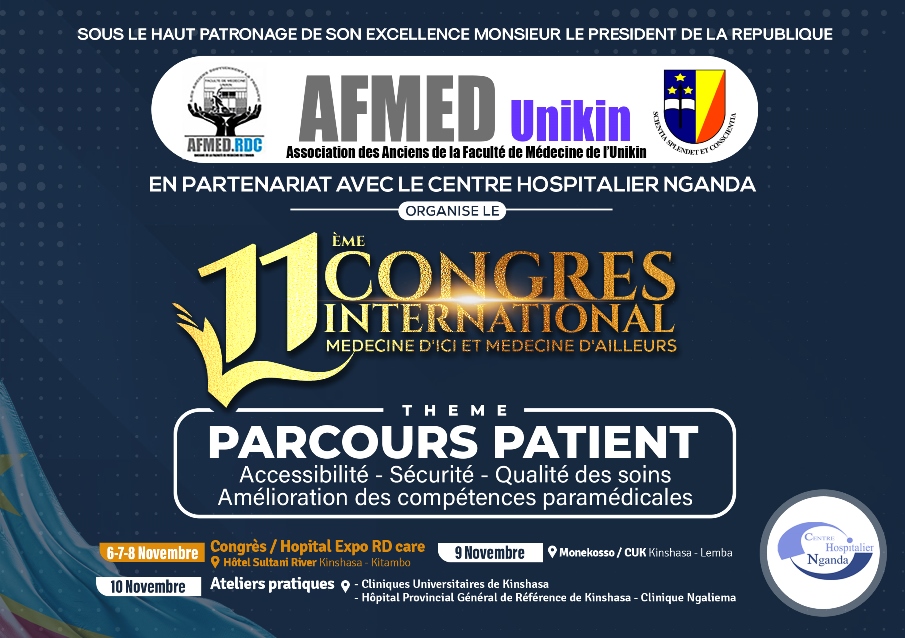Ernest K. Sumaili1, Revital Shemer2, Etty Kruzel-Davila2,3, Eric P. Cohen4, Pierre N. Mutantu5, Justine B. Bukabau1, Jean Robert R. Makulo1,
Vieux M. Mokoli1, Jeannine L. Luse6, Nestor M. Pakasa7, Etienne Cavalier8, Roger D. Wumba9, Anat Reiner-Benaim10, Geoffrey Boner11, Meyer Lifschitz12, Nazaire M. Nseka1, Karl Skorecki2,3 and Walter G. Wasser3,13
1Renal Unit, Department of Internal Medicine, Kinshasa University Hospital, University of Kinshasa, Kinshasa Democratic Republic of the Congo, 2Rappaport Faculty of Medicine and Research Institute, Technion – Israel Institute of Technology, Haifa, Israel, 3Division of Nephrology, Rambam Health Care Campus, Haifa, Israel,
4Nephrology Division, University of Maryland School of Medicine, Baltimore, MD, USA, 5Genetics Laboratory,
Kinshasa University Hospital, University of Kinshasa, Kinshasa, Democratic Republic of the Congo, 6Renal Unit, Kinshasa Provincial General Hospital, Kinshasa, Democratic Republic of the Congo, 7Department of Pathology, Kinshasa University Hospital, University of Kinshasa, Democratic Republic of the Congo, 8Division
of Clinical Chemistry, Centre Hospitalier Universitaire de Liege, University of Liege, Lie` ge, Belgium, 9Department of Tropical Medicine, Kinshasa University Hospital, University of Kinshasa, Democratic Republic of the Congo, 10Clinical Epidemiology Unit, Rambam Health Care Campus, Haifa, Israel, 11Department of
Medicine, Tel Aviv University Sackler Faculty of Medicine (retired), Tel Aviv University, Ramat Aviv, Israel, 12Division of Nephrology, Shaare Zedek Medical Center, Jerusalem, Israel, and 13Division of Nephrology,
Mayanei HaYeshua Medical Center, Bnei Brak, Israel Correspondence and offprint requests to: Walter G. Wasser; E-mail: Lcdialysis@aol.com
ABSTRACT
Background. Sub-Saharan Africans exhibit a higher frequency of chronic kidney disease (CKD) than other populations. In this study, we sought to determine the frequency of apolipoprotein L1 (APOL1) genotypes in hypertension-attributed CKD in Kinshasa, Democratic Republic of the Congo.
Methods. We performed a case–control study identifying 162 subjects: 79 with hypertension-attributed CKD and 83 controls living in Kinshasa who were genotyped for APOL1 risk variants between July 2013 and November 2016. We selected control subjects from the general population and matched them with the cases according to age. Logistic regression analysis was used to examine the relationship between APOL1 high-risk genotypes and CKD.
Results. The frequencies of the APOL1 G1 and G2 alleles were 19.1 and 7.1%, respectively. The number of individuals with the G1 and G2 risk alleles was significantly higher in the CKD group (12.7%) than in the control group (2.4%), particularly in individuals with end-stage kidney disease (14.3%). Subjects carrying two risk alleles was strongly and independently associated with hypertension-attributed nephropathy, with an adjusted odds ratio of 7.7 (95% confidence interval 1.5–39.7;
P¼0.014). The high-risk APOL1 genotypes were G1/G1 and G1/G2, whereas G2/G2 was not found in the study population.
Conclusions. The results of this study demonstrate the association of high-risk APOL1 genotypes with kidney disease in Kinshasa. The absence of G2/G2 may be consistent with powerful selective sweeps induced by Trypanosoma brucei gambiense infection. In contrast, the presence of APOL1 G2/G2 among individuals of African ancestry in the USA may indicate relaxation of natural selection in a trypanosome-free environment.
Keywords: APOL1 risk variants, CKD, hypertension, Kinshasa, Trypanosoma brucei gambiense









